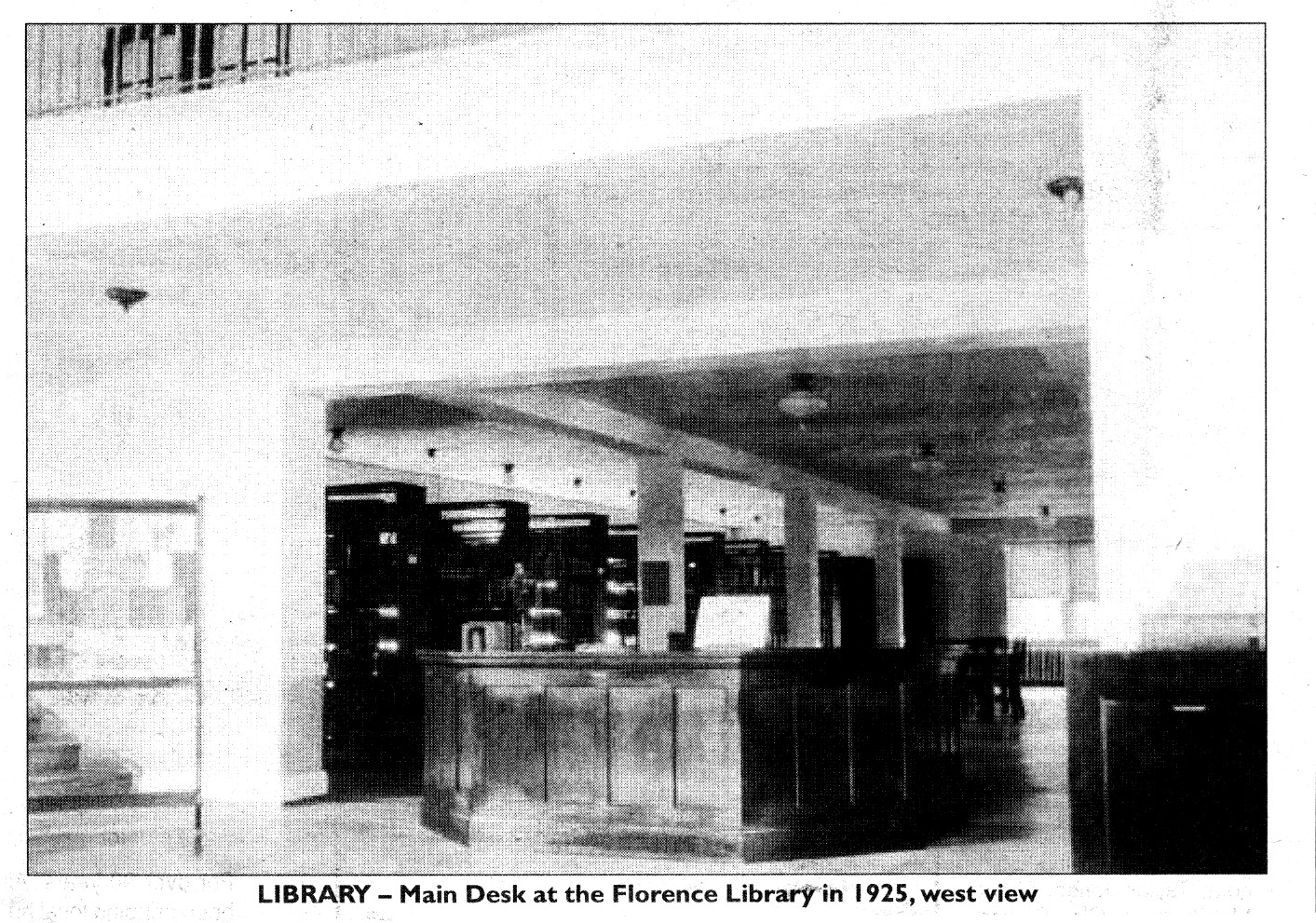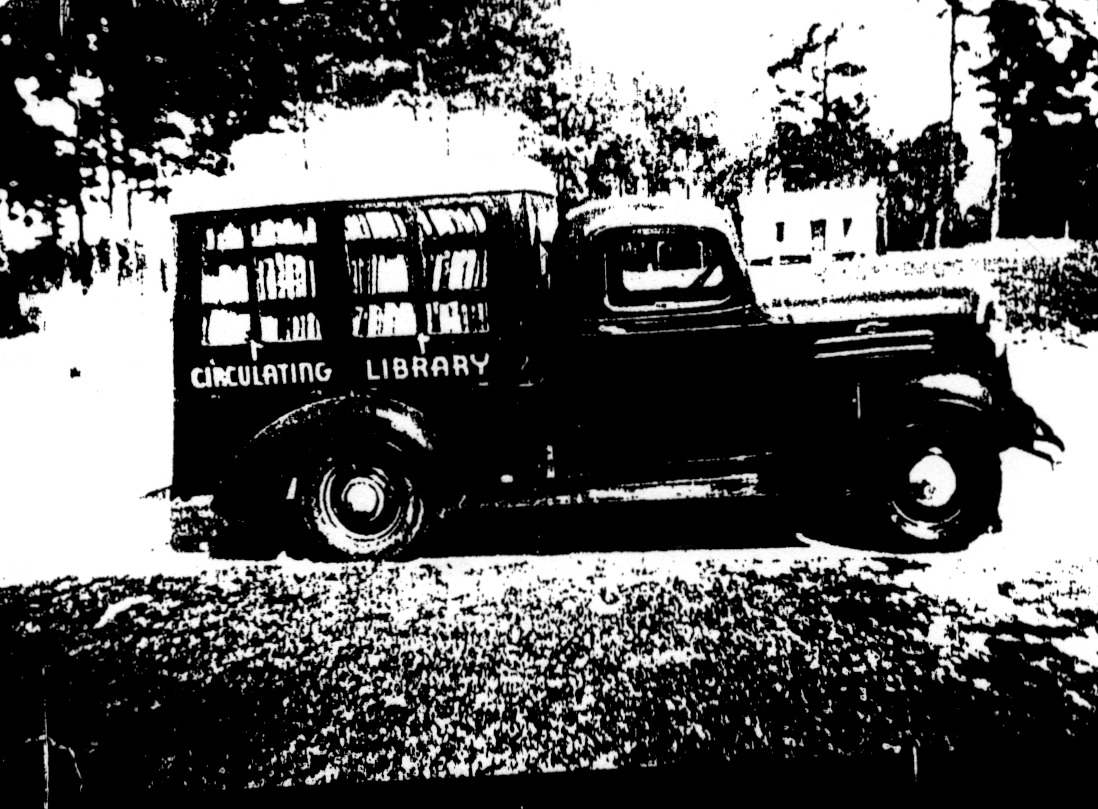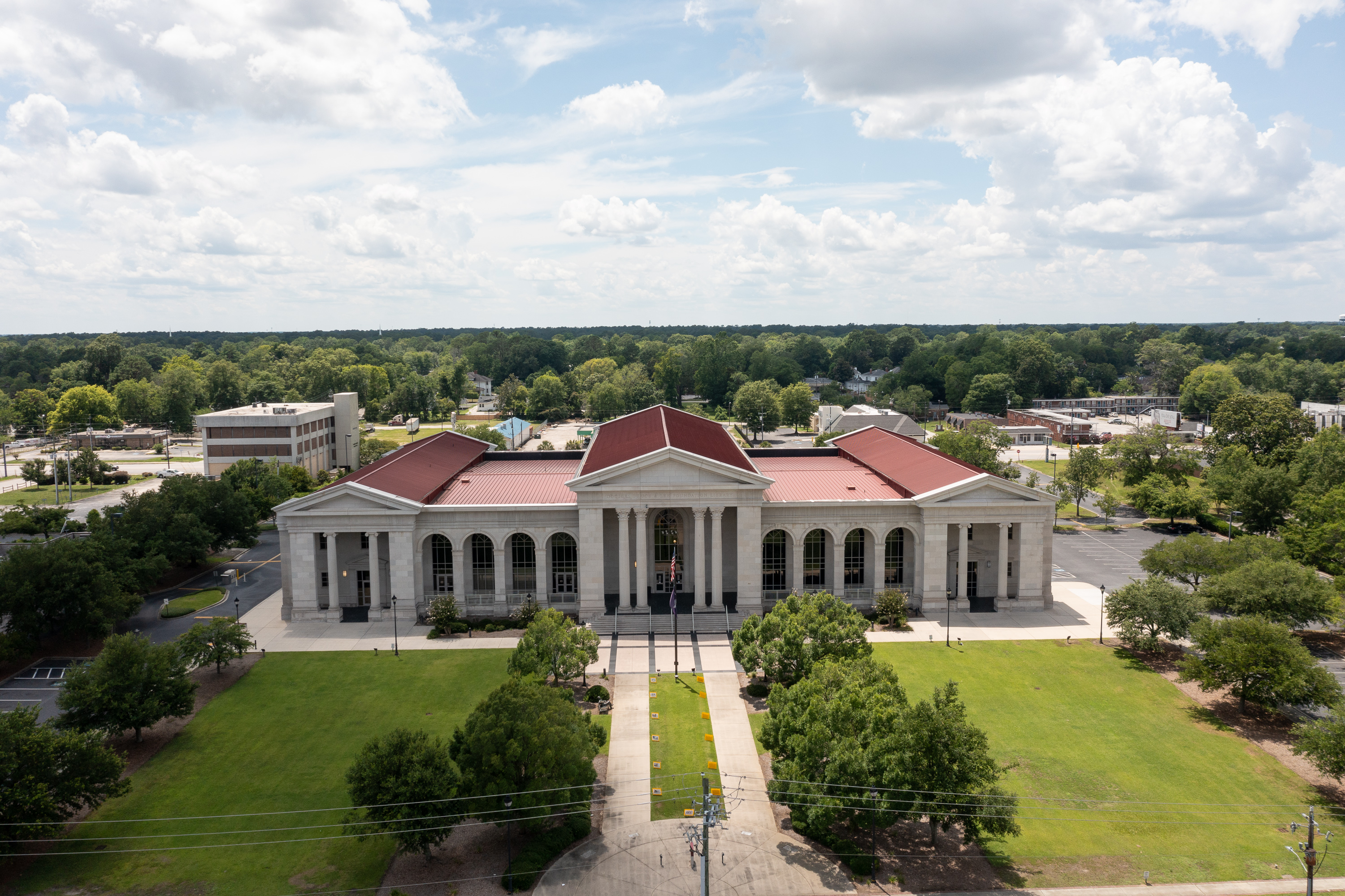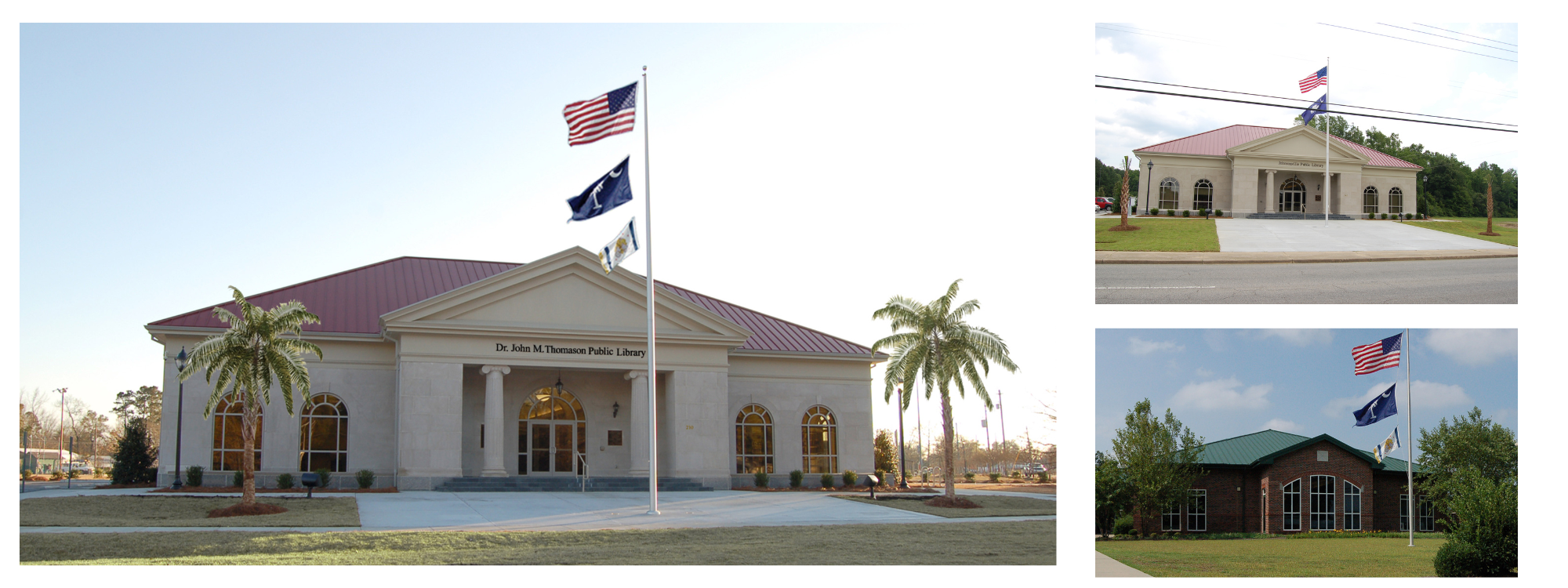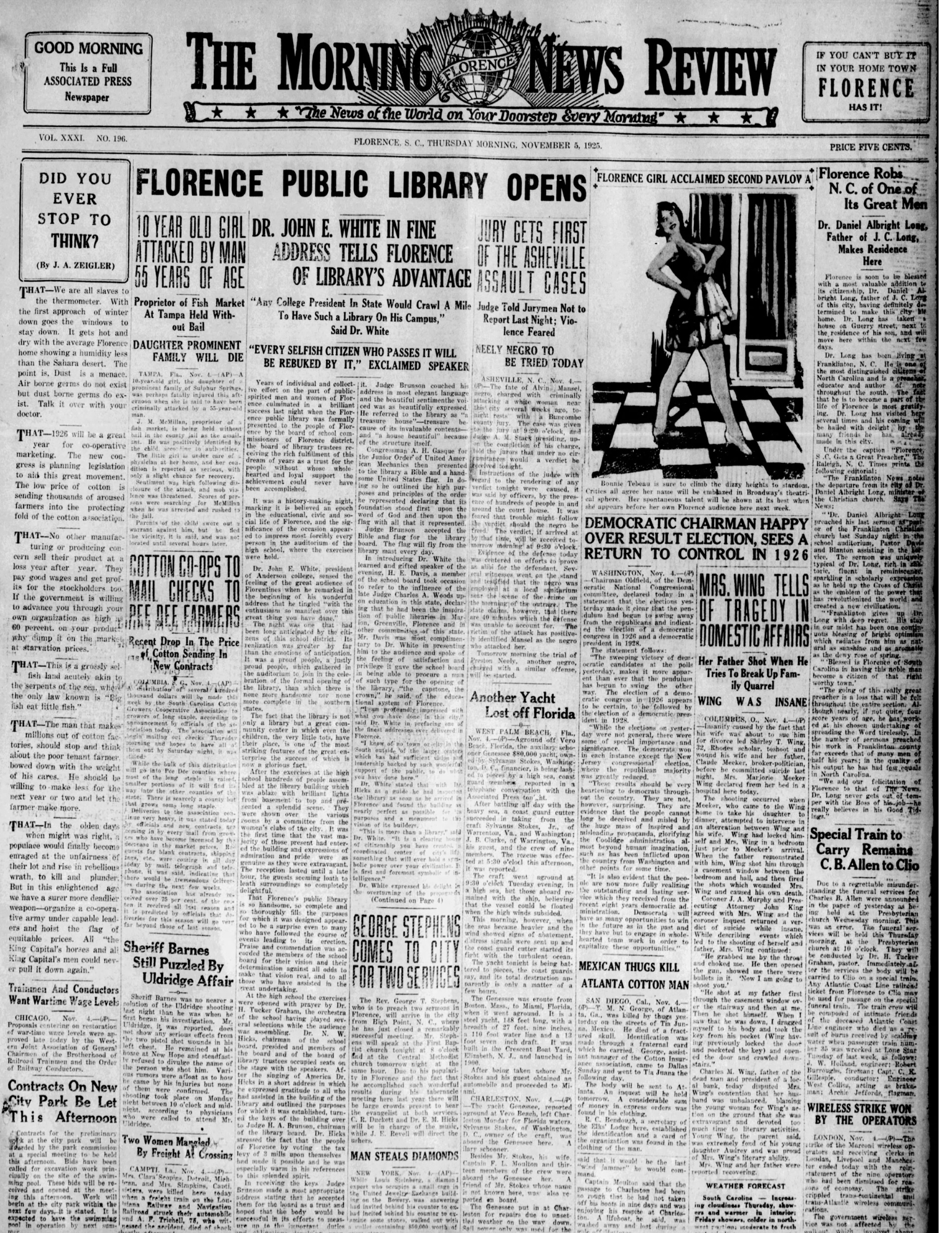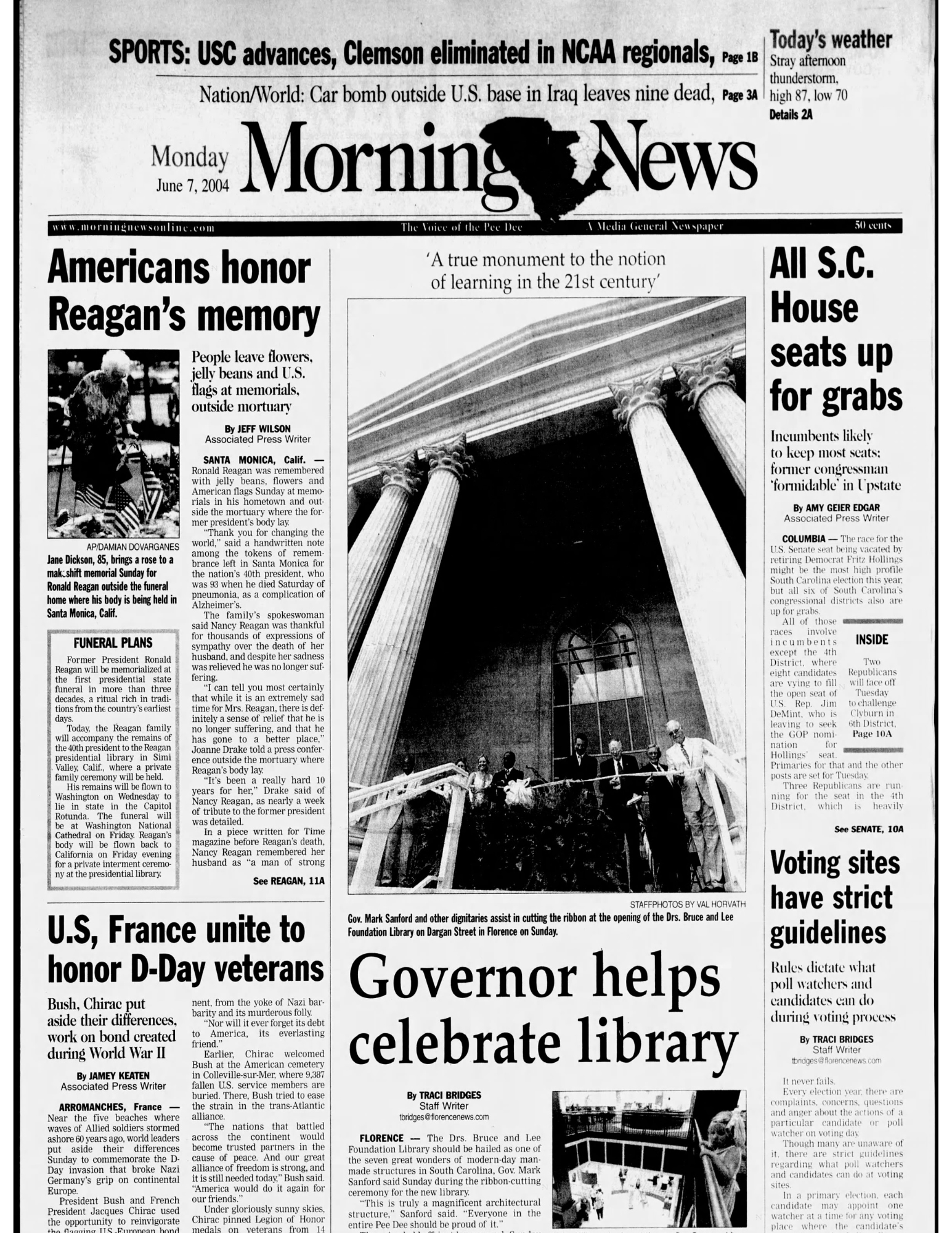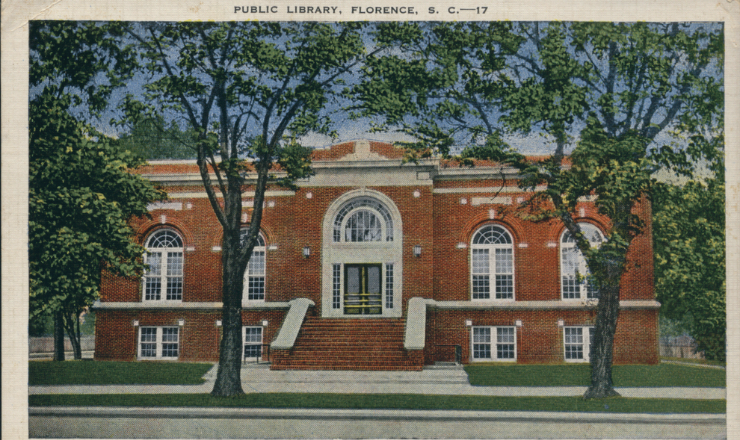
For a century, this library has stood as a quiet anchor in the Florence community. Due to the advocacy of Henry Edwards Davis, it opened in 1925, when readers gathered under gas lamps and still went outside to play hopscotch. Later, during the period of the Works Progress Administration (WPA) a circulating library was established- a fancy name for what we now call a bookmobile. Rural residents and especially schools enjoyed the benefits of the bookmobile so much that a second one was purchased. Eventually, on July 1, 1964, the circulating library and the Florence Public Library merged to eliminate the expense of duplicating administration, materials, and supplies to create the Florence County Library System- the name that we are still known by today. We now have six library locations in Florence, Johnsonville, Lake City, Olanta, Pamplico, and Timmonsville. Generations have crossed our thresholds—children learning to read, students preparing for exams, elders seeking company in printed pages. We have preserved stories through wars, economic shifts, and technological leaps, offering a space where knowledge remains free and accessible.
In 100 years, the world has transformed: from radio broadcasts to instant global connections, from typewriters to screens in every pocket. Yet our libraries endure, adapting with computers, digital archives, and community programs. We continue to do what is most important in a community—connecting people to one another and to ideas. The pursuit of understanding and the love of reading has sustained us for 100 years, and we will work to ensure our libraries thrive for another 100. Happy 100th Birthday, Florence County Library System!
Bookmobile 2025

Our bookmobile today! FCLS is ranked #1 in the state for outreach, and this beauty is one of the main reasons for our success. Artist Will Hillenbrand work appears on the bookmobile's exterior, and he was on hand to help cut the ribbon in April of 2022. The new state-of-the-art bookmobile includes wireless connectivity, a retractable awning for rainy weather, and a wheelchair lift to ensure greater accessibility. Support for this project was made possible with American Rescue Plan Act funds by a Library Services and Technology Act grant from the Institute of Museum and Library Services, administered by the South Carolina State Library.






